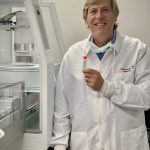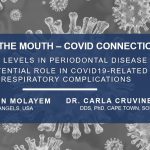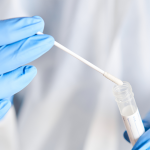
Sept. 30, 2020 /PRNewswire/ -- Access Genetics, LLC dba OralDNA® Labs announces that FDA has issued an amended Emergency Use Authorization for the OraRisk® COVID-19 RT-PCR test allowing testing from a saline oral rinse collection. This is the first Emergency Use Authorization for a simple saline 30 second swish and gargle collection. It eliminates the need for a nasal swab and avoids the difficulty some individuals have in providing sufficient saliva for saliva direct testing. Samples are vi...
Read More









